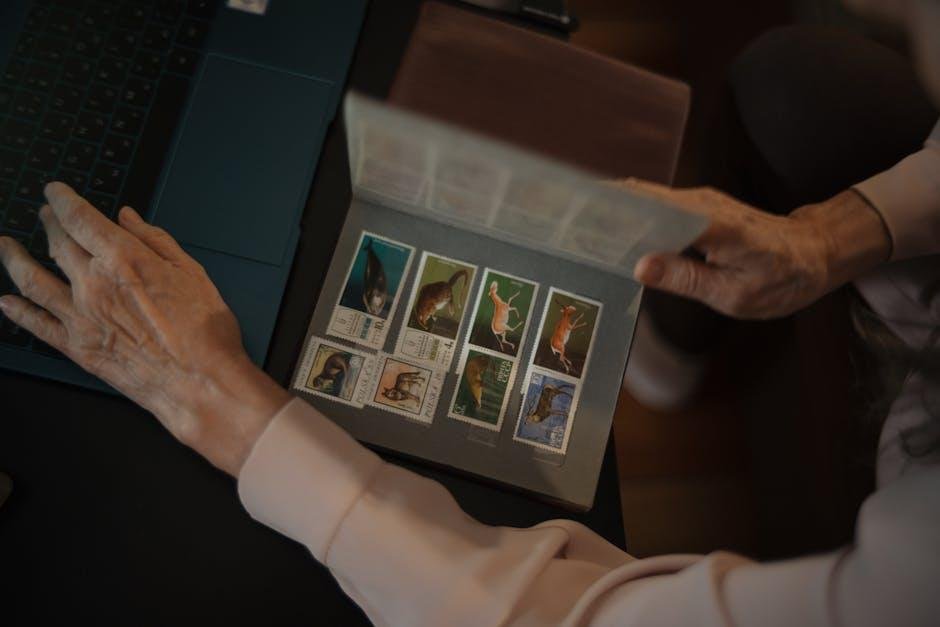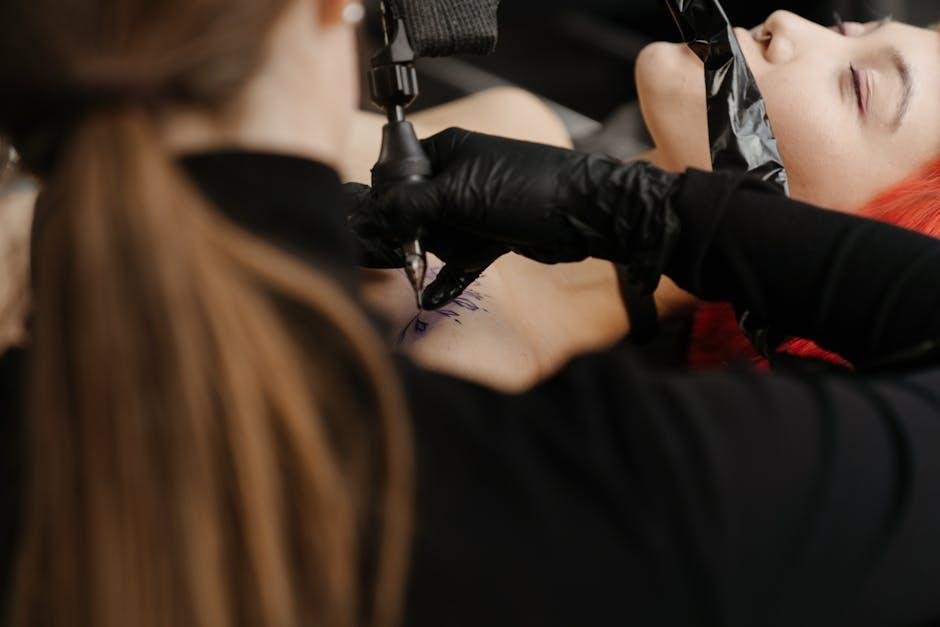In a world where every collector finds joy in curating the tangible manifestations of their passions, questions surrounding the protection of these cherished items emerge as vital considerations.Whether you’re a novice accumulating vintage vinyl records, an aficionado of rare stamps, or a seasoned connoisseur of fine art, the thrill of the hunt brings with it an unspoken responsibility: safeguarding your collection from unforeseen mishaps. As life unfolds unpredictably, the allure of insuring your prized possessions becomes a pivotal topic worthy of exploration. Should you shield your treasures with a policy, or is the risk of loss part of the adventure? in this article, we delve into the nuanced world of collection insurance, helping you weigh the benefits and potential pitfalls, so you can make an informed decision about what’s best for your unique trove of artifacts.
Understanding the Value of Your Collection
Every collection, whether it consists of stamps, coins, vintage toys, or fine art, holds a unique narrative that adds to its intrinsic and financial worth. Recognizing the value of your collection goes beyond merely assigning a monetary figure; it encompasses understanding the personal significance, historical importance, and potential market value of each item. A thorough appraisal can reveal hidden treasures, and it’s essential to keep an updated inventory, noting conditions and recent valuations.When contemplating insurance, consider the following aspects:
- Market Trends: Stay informed about the evolving market dynamics that may effect your collection’s value.
- rarity and Condition: The scarcity of items and their condition can dramatically influence their worth.
- Provenance: Documenting the history of ownership can increase the value of certain pieces.
Utilizing professional appraisers can provide you with insights into your collection that you may not have considered. An appraisal not onyl serves to establish a baseline value for insurance purposes but also aids in evaluating any future investments. To help put this into perspective, consider the following table highlighting various collectible categories and their potential value ranges:
| Type of Collectible | potential Value Range |
|---|---|
| Stamps | $1 – $100,000+ |
| Coins | $5 – $1,000,000+ |
| Comic Books | $2 – $3,000,000+ |
| Vintage Toys | $10 – $300,000+ |
| Fine Art | $50 – $300,000,000+ |

Evaluating Risks and Potential Losses
When considering insurance for your collection, it’s crucial to conduct a thorough assessment of the risks and potential losses you face. Various factors can contribute to the vulnerability of collectibles, including their unique nature, fluctuating market values, and environmental risks. A few key considerations include:
- Theft and Vandalism: High-value items can attract unwanted attention, making theft a significant risk.
- Environmental Damage: Collections are susceptible to damages from fire, flood, or mold, depending on storage conditions.
- Market Fluctuations: The value of collectible items can change dramatically based on trends, making it crucial to stay updated.
To give you a clearer picture of the potential losses you might incur without insurance, consider the following table, which outlines the average values and risks associated with different types of collections:
| Collection Type | Average Value | Common Risks |
|---|---|---|
| Art | $50,000 | Theft, Environmental Damage |
| Coins | $10,000 | Market Fluctuations, Theft |
| Stamps | $5,000 | Damage from Humidity, Theft |
| Antiques | $20,000 | Environmental Damage, Accidental Breakage |
By evaluating these factors and potential scenarios, you can better understand the importance of insurance, as it may provide peace of mind and financial protection against unforeseen events that could impact the integrity and value of your collection.

Exploring Types of Insurance Coverage
When it comes to insuring your collection,it’s vital to understand the various types of coverage available to adequately protect your treasured items. Different collections may require different insurance policies, tailored to the specific needs of the objects therein. For instance, some common forms of coverage include:
- All-Risk Insurance: This type provides thorough coverage for a wide range of perils, including theft, loss, and accidental damage, making it a popular choice for valuable collections.
- Named Perils Insurance: This policy covers only the risks specifically listed in the policy, which may be suitable for collections with lower risks.
- Agreed Value Coverage: In this case, the insurer and the policyholder agree on the value of the collection before an incident occurs, ensuring fair compensation in the event of a loss.
- Scheduled Coverage: Frequently enough preferred for high-value items,this coverage allows each item to be individually appraised and insured for its specific value.
Choosing the right type of coverage can be pivotal for collectors, as it not only helps in safeguarding their investments but also brings peace of mind. To simplify the decision-making process, consider the following factors:
| Factor | Consideration |
|---|---|
| Value of Collection | High-value items may merit more comprehensive coverage. |
| Type of Items | Certain items, like antiques or artworks, may require specialized policies. |
| Storage Conditions | Collections stored in vulnerable conditions may necessitate more robust protection. |
| Frequency of display | Items that are regularly exhibited might need different coverage compared to those kept in storage. |

Making Informed Decisions for Your Collection’s Future
When considering the future of your collection, it’s essential to weigh the potential risks against the benefits of insuring your items. the world of collecting, whether it involves art, antiques, or rare collectibles, entails a myriad of uncertainties. fire, theft, or unexpected damage can devastate what you have worked hard to curate. Insurance can act as a safety net, allowing you to recuperate losses and maintain your collection’s integrity. Key factors to consider when evaluating whether to insure your collection include:
- Value of items: High-value collections could result in significant financial loss without coverage.
- Risk Assessment: Consider the likelihood of loss or damage in your area.
- Investment Interest: If your collection is part of investment planning, insurance is advisable.
Additionally, understanding different types of insurance available can guide you towards the best decision for your collection’s future. Standard homeowner’s insurance may not always cover specific collectibles, leading to gaps in protection. Specialized policies tailored for collectors ensure that your items are adequately covered against the unique risks they face. Below is a simple comparison of general versus specialized insurance:
| Feature | General Homeowner’s Insurance | Specialized Collector’s Insurance |
|---|---|---|
| coverage limitations | Often limited on collectibles | Full market value coverage |
| Type of Claims | Standard claims only | Specialized claims for unique items |
| Replacement Value | Depreciation considered | Replacement at current market value |
Insights and Conclusions
deciding whether to insure your collection is a decision that intertwines passion with practicality.As we’ve explored, the emotional value of your treasures often stands apart from their monetary worth, yet both require thoughtful consideration. Insurance could serve as a protective shield against unforeseen circumstances, allowing you to enjoy your collection with greater peace of mind.
Ultimately, the choice to insure is a personal one, shaped by your unique situation, the significance of the collection to your life, and the resources available to you. As you weigh the pros and cons, consider not only the financial implications but also the emotional security it provides. Whether you choose to safeguard your collection or embrace the risk, may you continue to find joy in curating the pieces that speak to your heart and history. Remember, every collection tells a story—make sure yours has a happy ending.
